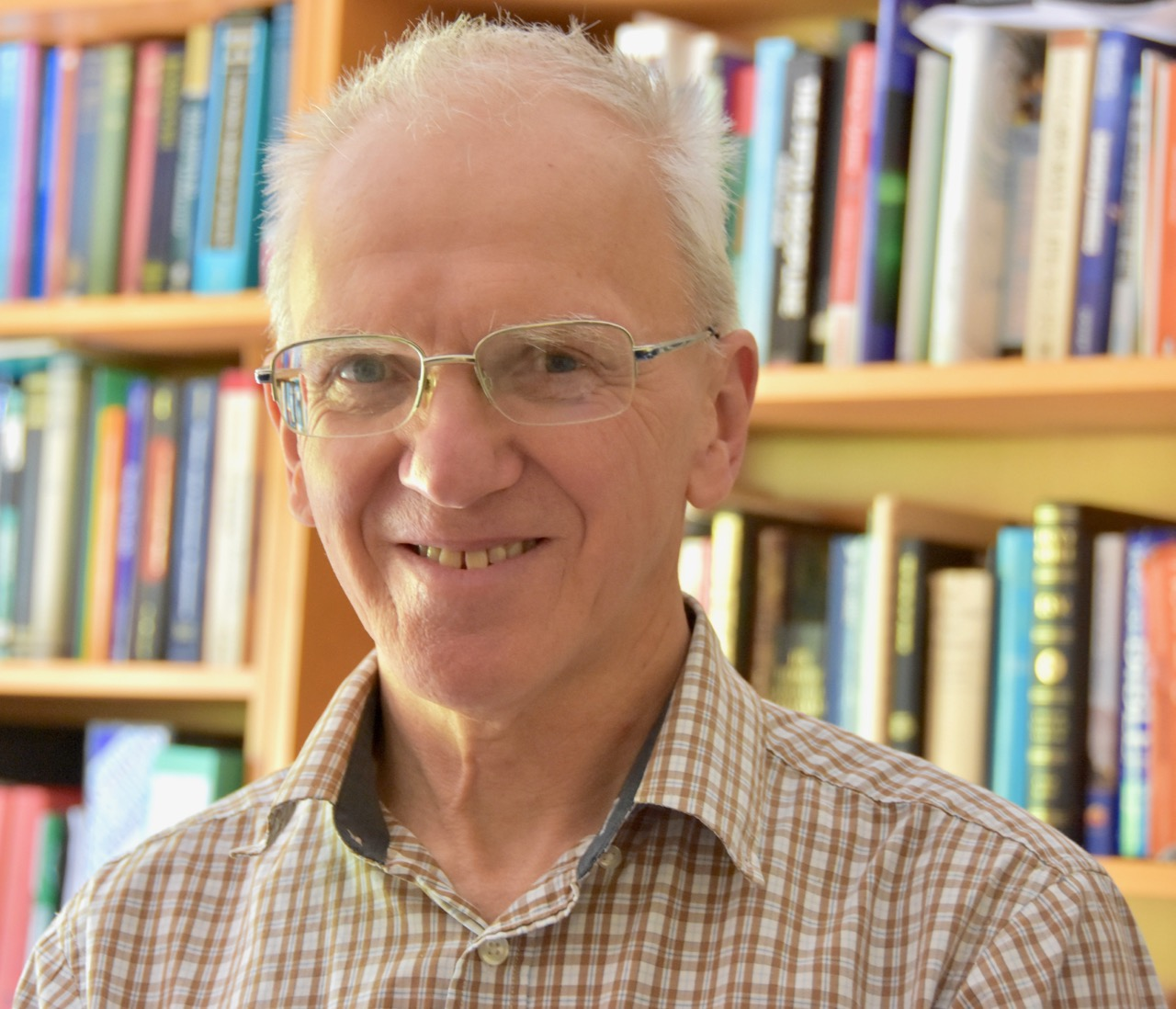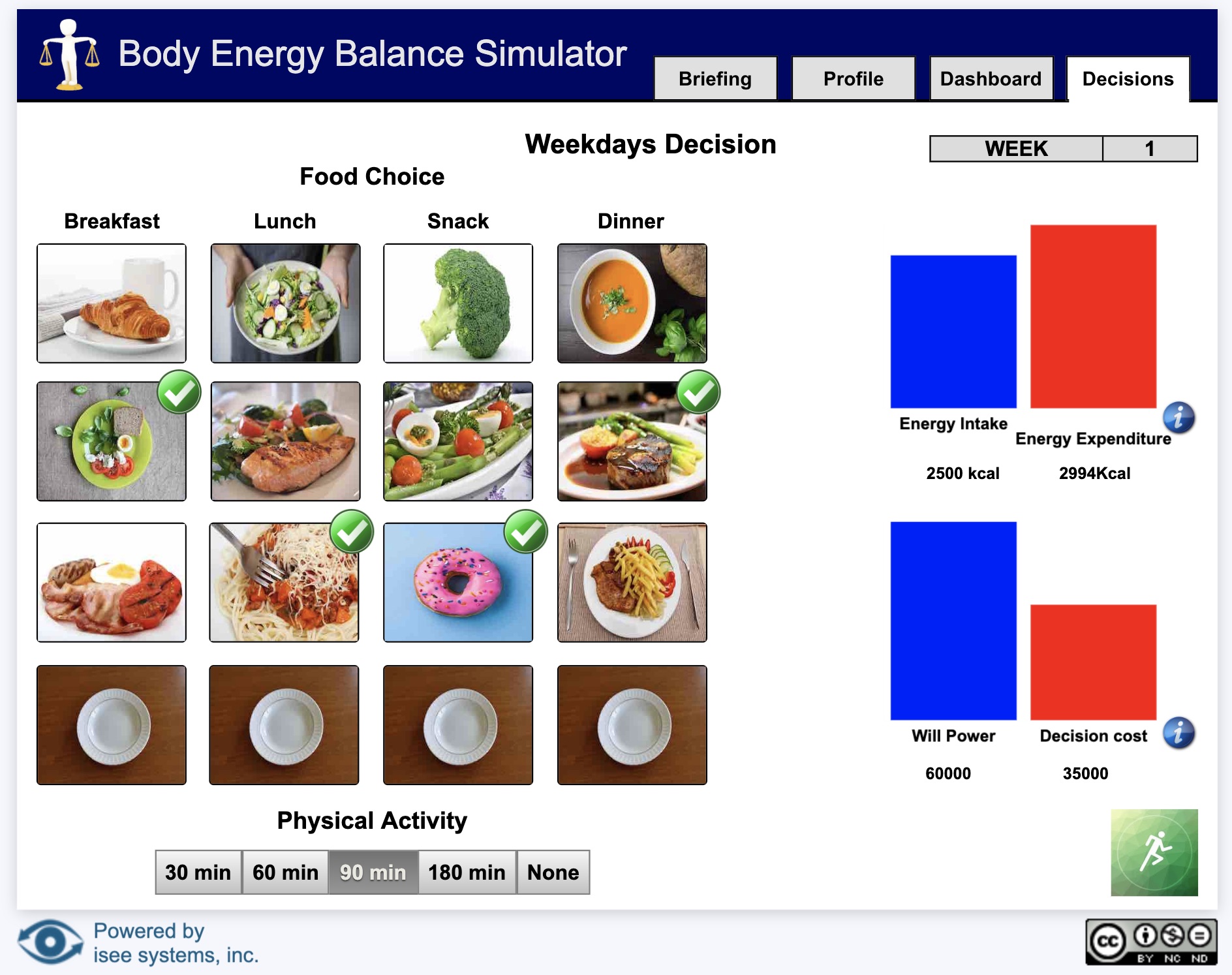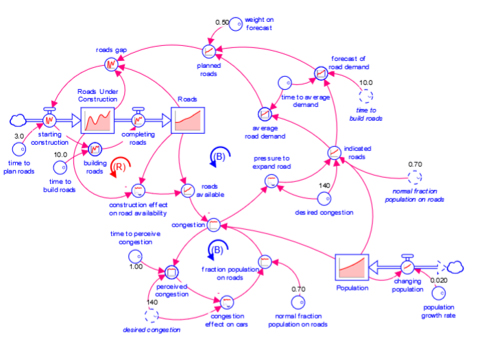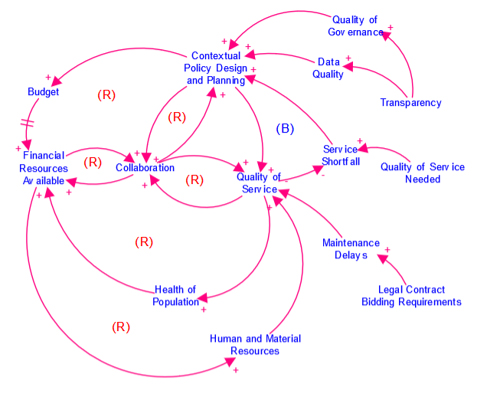Covid19-Epidemie-ModelEducationBase1B
This model was copied from Gigaroff:
1. French (in English in 2.) Modèles pour mieux comprendre la
...
Read more
This model was copied from Gigaroff:
1. French (in English in 2.) Modèles pour mieux comprendre la dynamique d'une épidémie et comment les mesures prises permettent d'en atténuer les effets" - Projet interdisciplines Hervé Gigaroff, Lycée "Emile Combes" de Pons 17 (France)-
• Ceci est le Modèle de base “1.B” pour commencer à mieux comprendre la dynamique d'une épidémie, type CoVid 19, , simplifiée mais tout à fait réaliste…
…Avant de voir, avec des modèles suivants, comment les mesures prises permettent d'en atténuer les effets"
Pour les “matheux”, fans d’équations différentielles, ce modèle n’est jamais que la mis en forme, selon les lois de le “SYSTÉMIQUE DYNAMIQUE” de ce qui est représenté , en équations différentielles dans cette excellente vidéo:
https://www.youtube.com/watch?v=-2tI3MQFqkI&fbclid=IwAR3QdfrTCQPKNUogozNchAlpu0SwTlvQx_fPNaTDjZ1ijdk6wc0snzJc69k
Donc ce modèle permet aux “non-matheux” d’aborder cette compréhension…
2 jeux “Épidémie Covid19 #1 et #2” , permettant de vivre (en”pour de semblant”) la dynamique d’une épidémie, vont accompagner ces modèles , qui ne sont que le débriefing de ce qui s’est passé dans ces “jeux”.
• Websites récents sur "Epidémies & modélisation" : 1.https://www.youtube.com/watch?v=bM7AOBxqjnE, titré "Cette pandémie, vue depuis 2021" du site "Dirty Biology",
2.https://sciencetonnante.wordpress.com/2020/03/12/epidemie-nuage-radioactif-et-distanciation-sociale/ , titré "Épidémie, nuage radioactif et distanciation sociale",
3.https://medium.com/tomas-pueyo/coronavirus-le-marteau-et-la-danse-bce68d354c0c, titré "Coronavirus, le marteau et la danse".
--------------------------------------------------------------------------------------------------------------------
• 2. English: Models for a better understanding of the dynamics of an epidemic and how protective measures make it possible to mitigate the effects "- Interdisciplinary project Hervé Gigaroff, High-school Emile Combes de Pons 17 (France)
• Here is Basic model “1.B” to begin to better understand the dynamics of an epidemic, type CoVid 19, in asimplified but completely realistic way…
… Before seeing, with the further models, how measures taken can mitigate the effects
For the "math minded students”, fans of differential equations, this model is nothing else than the shaping, according to the laws of the "DYNAMIC SYSTEM" of what is represented, in differential equations in this excellent video :
https://www.youtube.com/watch?v=-2tI3MQFqkI&fbclid=IwAR3QdfrTCQPKNUogozNchAlpu0SwTlvQx_fPNaTDjZ1ijdk6wc0snzJc69k
So this model allows the "non-math minded students" to approach this understanding ...
2 games “Covid19 epidemic # 1 and # 2”, allowing to live (“for pretense”) the dynamics of an epidemic, will accompany these models, which are only the debriefing of what happened in these “games”.
• Websites récents sur "Epidémies & modélisation" : 1.https://www.youtube.com/watch?v=bM7AOBxqjnE, titled "This pandemia, seen from 2021" from website "Dirty Biology",
2.https://sciencetonnante.wordpress.com/2020/03/12/epidemie-nuage-radioactif-et-distanciation-sociale/ , titled "Epidemic, nuage radioactive cloud and social distanciation",
3.https://medium.com/@tomaspueyo/coronavirus-the-hammer-and-the-dance-be9337092b56 , titled "Coronavirus, the hammer and the dance".
model
⋮
1,033 downloads
Download Model
Environment
Biology
Science
Ecology
Education



